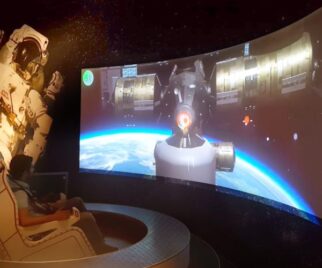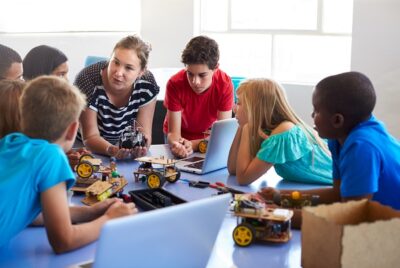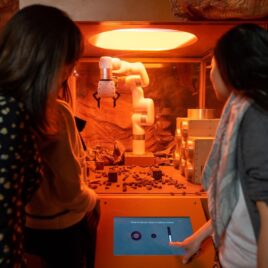In the ever-evolving landscape of interactive exhibits, museums and science centers are presented with a diverse palette of choices. Three archetypes stand out: the Unique, the Modified, and the Tried and True. Each type carries its own set of characteristics and brings a distinct flavor to the immersive learning experience. Let’s unravel the dynamics of these three types of interactive exhibits, delving into their unique qualities and considerations.
Pushing Boundaries and Igniting Curiosity
Characteristics:
1. Innovation at its Core:
Unique exhibits are pioneers in pushing the boundaries of traditional interactive experiences. They often incorporate cutting-edge technologies, unconventional designs, or novel approaches to engage and captivate visitors.
2. Limited Precedent:
These exhibits are trailblazers, with limited precedent or established norms. They aim to surprise and challenge, providing a fresh and unexpected perspective on the subject matter.
3. Fostering Curiosity:
Unique interactive exhibits spark curiosity by presenting content in ways that defy expectations. The element of surprise encourages visitors to approach the material with a sense of wonder and anticipation.
Considerations:
1. Resource Intensity:
Creating and implementing unique exhibits can be resource-intensive. From research and development to technological investments, these exhibits may require substantial time and financial commitments. Notably, prototyping is generally required during the exhibit development process for these kind of interactive exhibits.
2. Visitor Adaptability:
The success of unique exhibits relies on the adaptability of visitors to embrace unconventional approaches. Ensuring that the uniqueness enhances, rather than hinders, the learning experience is crucial.
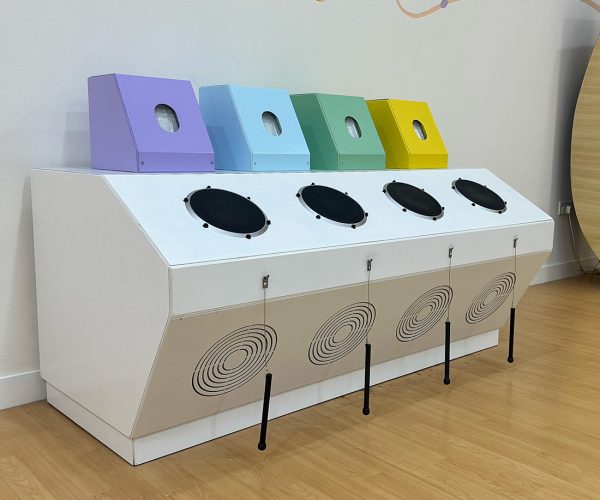
Modified Interactive Exhibits: Tailoring for Engagement and Accessibility
Characteristics:
1. Building on the Familiar:
Modified interactive exhibits take existing interactive concepts and infuse them with fresh elements. This could involve incorporating new technologies, updating content, or reimagining the presentation format while retaining a familiar core.
2. Iterative Enhancement:
These exhibits undergo iterative enhancements, responding to visitor feedback and technological advancements. The goal is to improve engagement and accessibility by refining and updating the interactive elements.
3. Balancing Novelty and Recognition:
Modified interactive exhibits strike a balance between novelty and recognition, aiming to provide a sense of familiarity while introducing new elements that pique interest.
Considerations:
1. Integration Challenges:
Integrating new features into existing exhibits may present technical challenges. Ensuring seamless integration while maintaining the integrity of the original concept requires careful planning.
2. Audience Expectations:
Visitor expectations for modified exhibits may be influenced by their previous experiences with the original version. Striking the right balance to meet or exceed these expectations is essential for success.
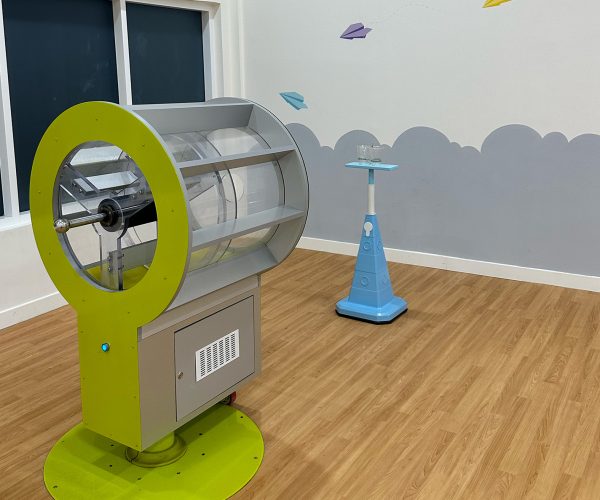
Tried and True Interactive Exhibits: Time-Tested and Visitor-Approved
Characteristics:
1. Established Concepts:
Tried and true interactive exhibits are based on established interactive concepts that have proven successful over time. They often form the backbone of a museum or science center’s offerings, with a track record of positive visitor engagement.
2. Reliability and Consistency:
These exhibits are known for their reliability and consistency in delivering engaging experiences. Visitors can expect a certain level of quality and familiarity when interacting with tried and true exhibits.
3. Enduring Appeal:
Tried and true exhibits endure because of their enduring appeal. They resonate with visitors across generations, forming a foundation for learning and exploration.
Considerations:
1. Potential Stagnation:
While reliable, there’s a risk of tried and true exhibits becoming stagnant. Continuous assessment and, if necessary, subtle updates are essential to prevent complacency and maintain relevance.
2. Balancing Tradition and Innovation:
Integrating new educational insights or technologies into tried and true exhibits can help strike a balance between tradition and innovation, ensuring ongoing relevance.
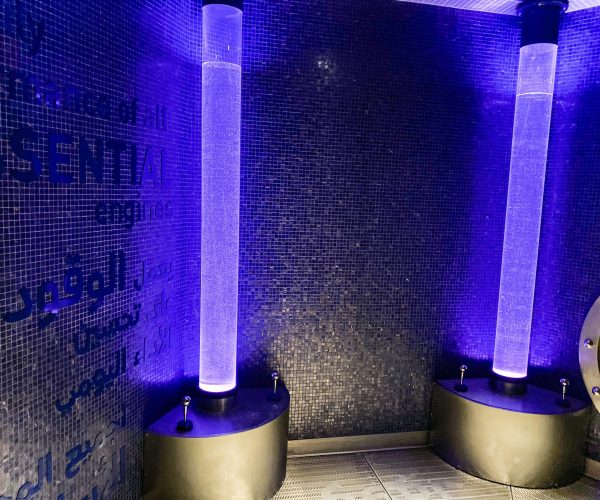
A Harmonious Trio
In the symphony of interactive exhibits, the trio of Unique, Modified, and Tried and True plays distinct roles, contributing to a dynamic and multifaceted learning environment. The key lies in understanding the audience, considering resource implications, and striking a harmonious balance between innovation and familiarity.
By strategically incorporating each type of exhibit into the overall museum or science center experience, institutions can provide visitors with a rich and evolving tapestry of interactive learning opportunities.


